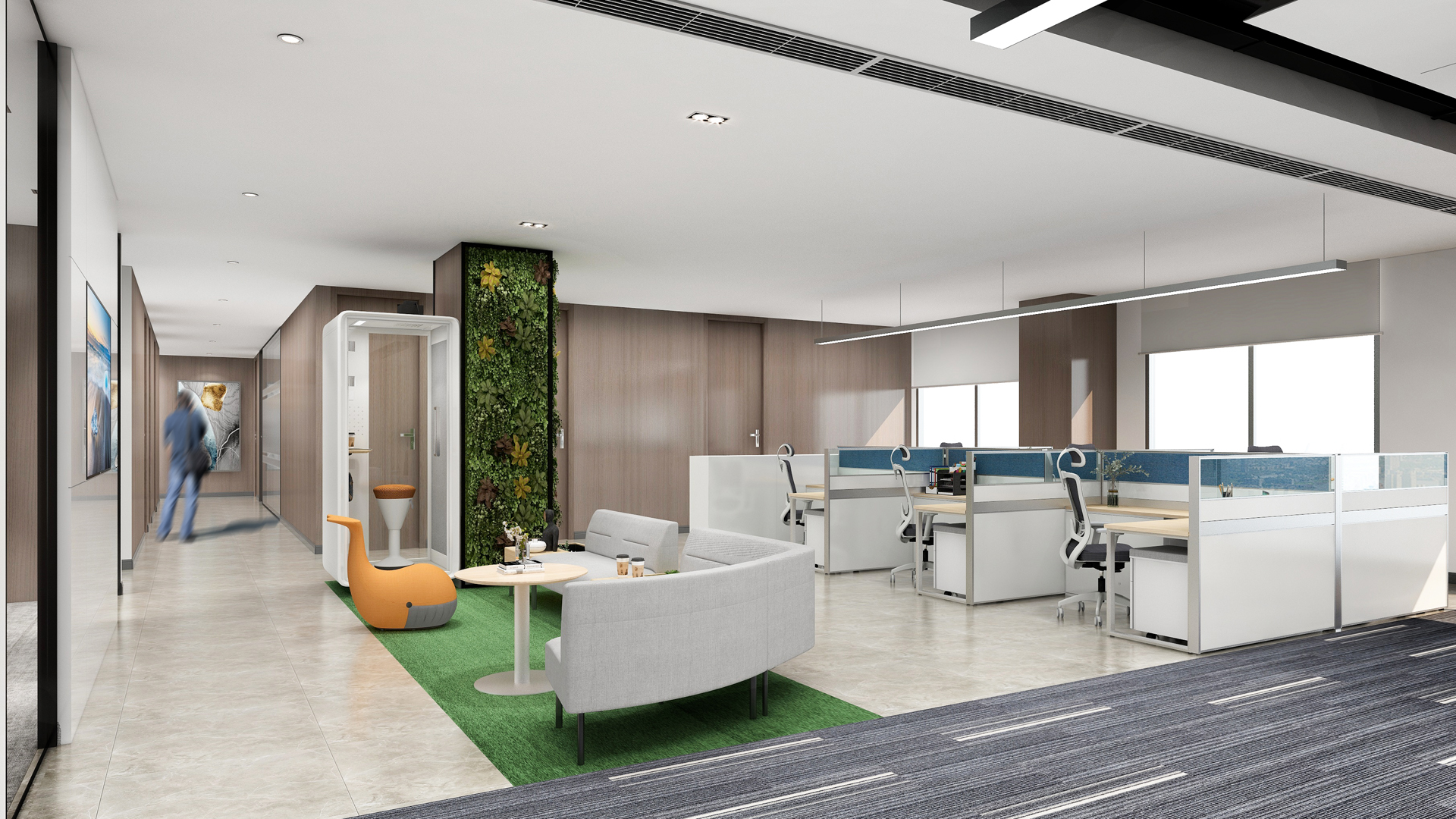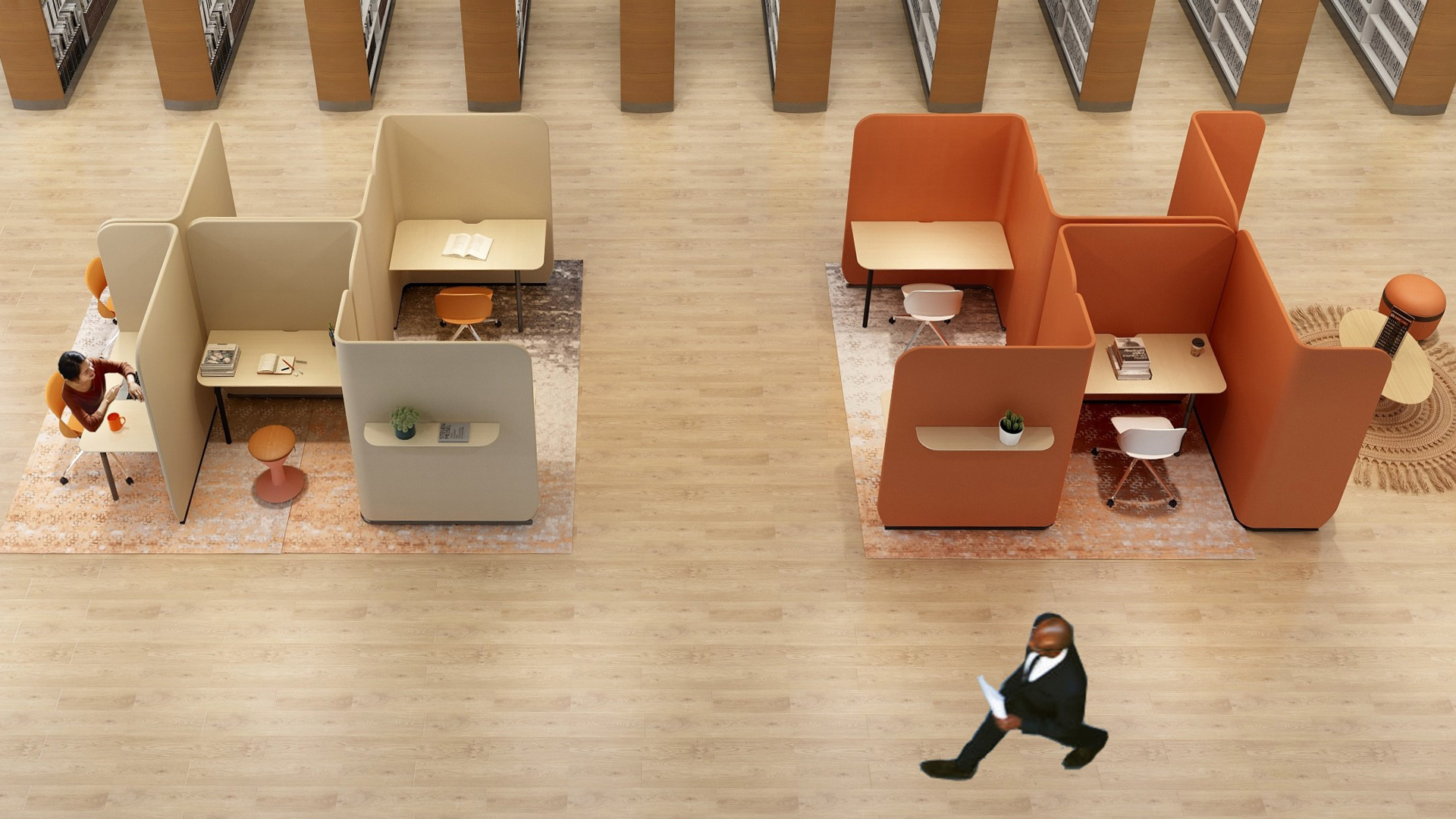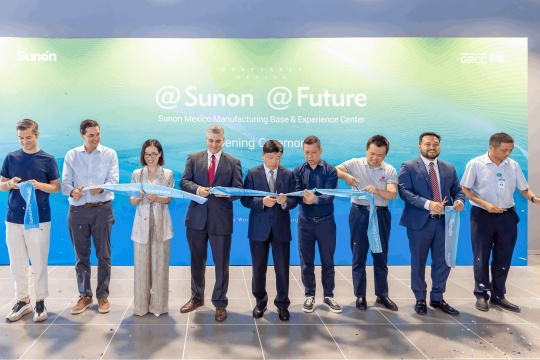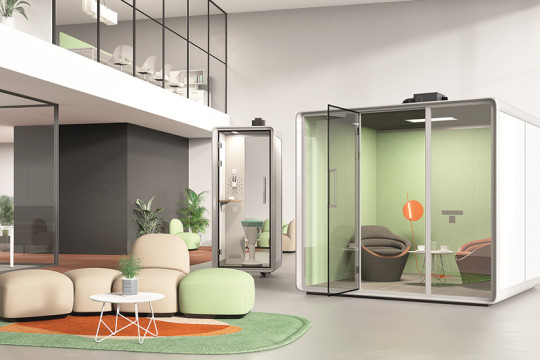The Importance of Privacy in the Workplace
The solitude and focus of a well-designed workstation are always needed, even while open and shared office space has its time and place. Because of the COVID-19 epidemic, these areas are now a safety danger as well. The absence of privacy made work that required secrecy a huge problem. Concern should be expressed about this, especially if it affects staff productivity.
When employees are at work, it's crucial that we respect their privacy. Whatever the cause, certain private spaces are a wonderful choice if you need them for a video call or a group gathering. The lack of privacy in the workplace may be easily remedied by designing clearly separate rooms that are suitable for various users at various times.

The need for privacy
According to studies, around 85% of employees express frustration over a lack of privacy at work. Even the highly praised activity-based working approach, which encourages individuals to wander around the workplace to find an appropriate space for the job at hand, has privacy concerns. Additionally, excessive noise can cause tension in the body, which can be harmful to someone's general health. Visual privacy is vital in workplace design since research found that employees spend 73% less time face-to-face in open-plan settings.
Companies must strike the correct balance between privacy and cooperation if they want their employees to have more choice and influence over their working environment.
How can privacy help in productivity?
How frequently will employees need to collaborate with one another and does the office space need to be private at all times? People may choose for themselves how much information is shared with others at work thanks to privacy. According to Harvard research, having an open collaborative workspace deters other employees from being as collaborative. The internal performance management system of one corporation found that open-plan workspaces really reduced employee productivity. How might more privacy benefit worker productivity?
• To keep productivity high, it's crucial to provide workers the option of working in a quiet area devoid of distractions.
• An open workplace layout that lacks visual privacy can make workers feel exposed and reduce productivity by making them feel stressed and constantly monitored.
• A degree of privacy allows an employee to choose what their co-workers may see and safeguard their own environment, which increases their satisfaction.

Ideas for increasing privacy
An open workplace layout is constantly pitted against privacy. There are methods to add seclusion, though, without sacrificing the open-concept area you've built. Addressing privacy concerns will lead to happier workers.
• Improved office space zones will place social and collaborative areas apart from task-focused areas, enabling workers to select their workplace based on their current needs.
• Increase the number of spaces where employees may work in private as necessary, such as meeting spaces or smaller conference rooms placed around the open, collaborative environment.
• To optimize individual privacy, invest in screen privacy, install clip-on desk dividers to section off each workspace, and rearrange your office furniture.
• You may minimize noise and create spatial privacy by using soft furnishings, furniture, dividers, acoustic panels, and even plants or living walls.
• An office pod can be a high-backed lounge chair wrapped with sound-absorbing materials. Regardless of the model, the pod may offer a private workspace that reduces outside disturbances while also blocking sound and sight.
• In order to reduce noise, modern cubicles are frequently built with sound-absorbing materials. The barriers impede the line of sight in addition to absorbing and blocking sound. They assist staff in setting up a private workstation for concentration without being totally segregated.

Endnotes
It's possible that a single privacy idea wouldn't cover your office as a whole. Depending on the work culture and employee needs, privacy requirements will change, but the basic notion remains the same. While some businesses just need a few designated quiet rooms, others will need one for every employee. It may seem counterintuitive to provide privacy in an open office, but your staff will appreciate it. The design strategies covered in this blog post enable staff to operate more productively in a less stressful environment. In order to enhance employee privacy and efficiency, you may use this to strike the ideal balance between an open and private workplace.


